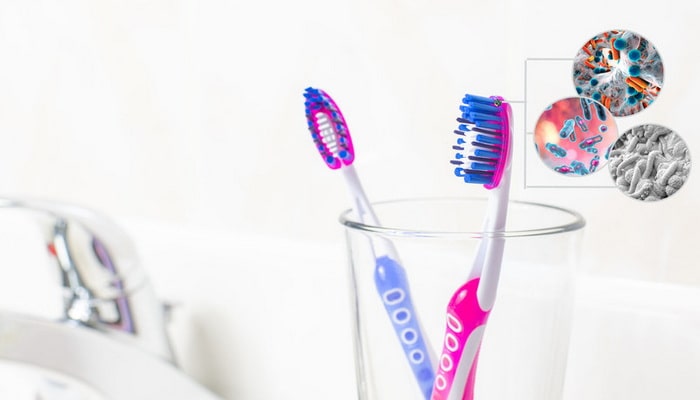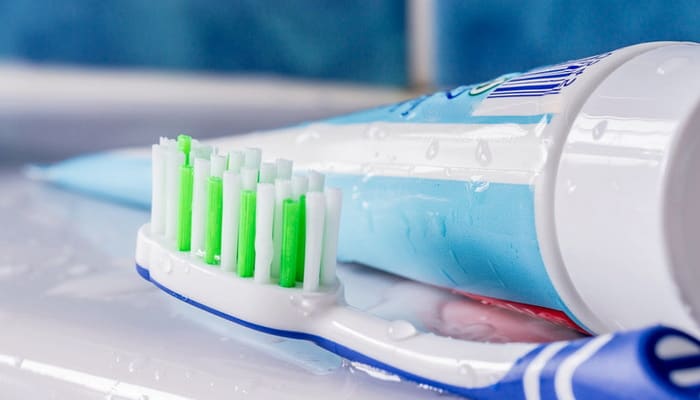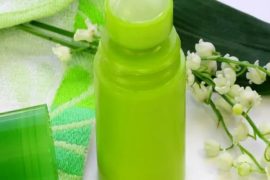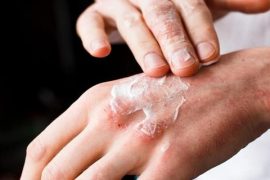Зміст
Tooth brushing – a basis of hygiene of an oral cavity to most of which of us teaches from early age. Frequency and technology of tooth brushing, and the choice of the correct toothpaste — not the only questions of which we have to think during daily hygienic activity. It isn’t less important to look after the toothbrush. It appears, it is easy to be mistaken in him thanks to what it becomes the habitat of bacteria. Their existence can lead not only to an unpleasant smell from a mouth, but also to many more serious diseases. Learn how it is correct to look after a toothbrush: in what conditions to store it and how often to change.
How often it is necessary to change a toothbrush?
At first sight everything is all right, really you don’t see the need to buy new? It is counted that we replace time toothbrush one or two in a year. However, it is definitely too rare. It is worth understanding that not everything can be seen with the naked eye!
As well as any subject, a toothbrush, it is subject to wear. Bristles are bent and deformed, that does wash by less effective. Besides, he turns on ideal Wednesday for development of microorganisms hazardous to health. The brush should be changed at least once in two-three months.
You have to remember the following: if you had a throat infection, a respiratory disease or herpes recently, the brush should be replaced as soon as the irritating symptoms disappear. Harmful bacteria can settle on a bristle and thus return to a mouth. Take it into account, especially when you struggle with the repeating infections.
How to care for hygiene of a toothbrush every day?
Before use, it is worth washing out it a strong stream of warm water to remove dust. Nevertheless, the most important is to handle correctly a toothbrush after you stopped using it.
Toothpaste and the remains of food have to be carefully removed. It is necessary to wash out everything, not only a bristle, but also the handle.
The brush has to be established vertically — a bristle up that she could dry freely. It will reduce growth of bacteria, fungi and a mold. It can’t adjoin to accessories of other members of the household. To borrow a toothbrush too not option. The toothbrush is a personal subject, and joint use of it (even occasionally) promotes infection with caries.
For reasons of hygiene, it is recommended to dip a toothbrush into the boiling water from time to time or to rinse it in the mouthwash containing alcohol.
Also, it is impossible to use fallen to a floor in a bathing toothbrush at all! Is suitable only for ejection.
Disinfection of a house brush
Though mouthwash or boiled water will work very well, it is worth knowing the simple recipe of mix which will help to keep your toothbrush clean. Mix in a glass vinegar and water in a proportion 1:1, then add two tablespoons of baking soda. In such mix, wet a brush for 20–30 minutes.
Instead of baking soda, it is possible to use the usual table salt, known for the antibacterial properties. Also, it is worth trying to add several drops of essential oil, for example, mint or eucalyptus. They disinfect and in addition leave the refreshing aroma on fibers.
The dirty toothbrush is hazardous to health

Regular tooth brushing promotes decrease of the activity of microorganisms in a mouth. Their existence promotes formation of a raid, that in turn leads to formation of caries. So if you don’t clean a brush, these bacteria will return to you to a mouth when you clean it next time.
You also have to take into account conditions in bathrooms. Heat and humidity create a shelter for growth of fungi, bacteria and a mold. Besides, brushes are often stored near washbasins and toilet bowls, which can also be carried with success to the habitats hazardous to health of microorganisms. The fact of water drains at not lowered gate causes instant distribution of pollutants directly from a toilet bowl on all space of the bathroom.
What consequences of the dirty and badly stored toothbrush? First, it is necessary to be guided by an unpleasant smell from a mouth and a disease of teeth and gums. Frequent visits to the stomatologist are unpleasant, therefore try to avoid painful and often expensive procedures.
Some bacteria are capable to get to a blood-groove through the injured mucous membranes, which usually accompany gingivitis. It, in turn, can lead to serious inflammation affecting bones and marrow, and even a cardiovascular system. Kind of surprisingly it sounded, the lack of appropriate hygiene of an oral cavity and a toothbrush can lead to infections of lungs and urinary tract and also mycosis of an oral cavity and digestive tract.








